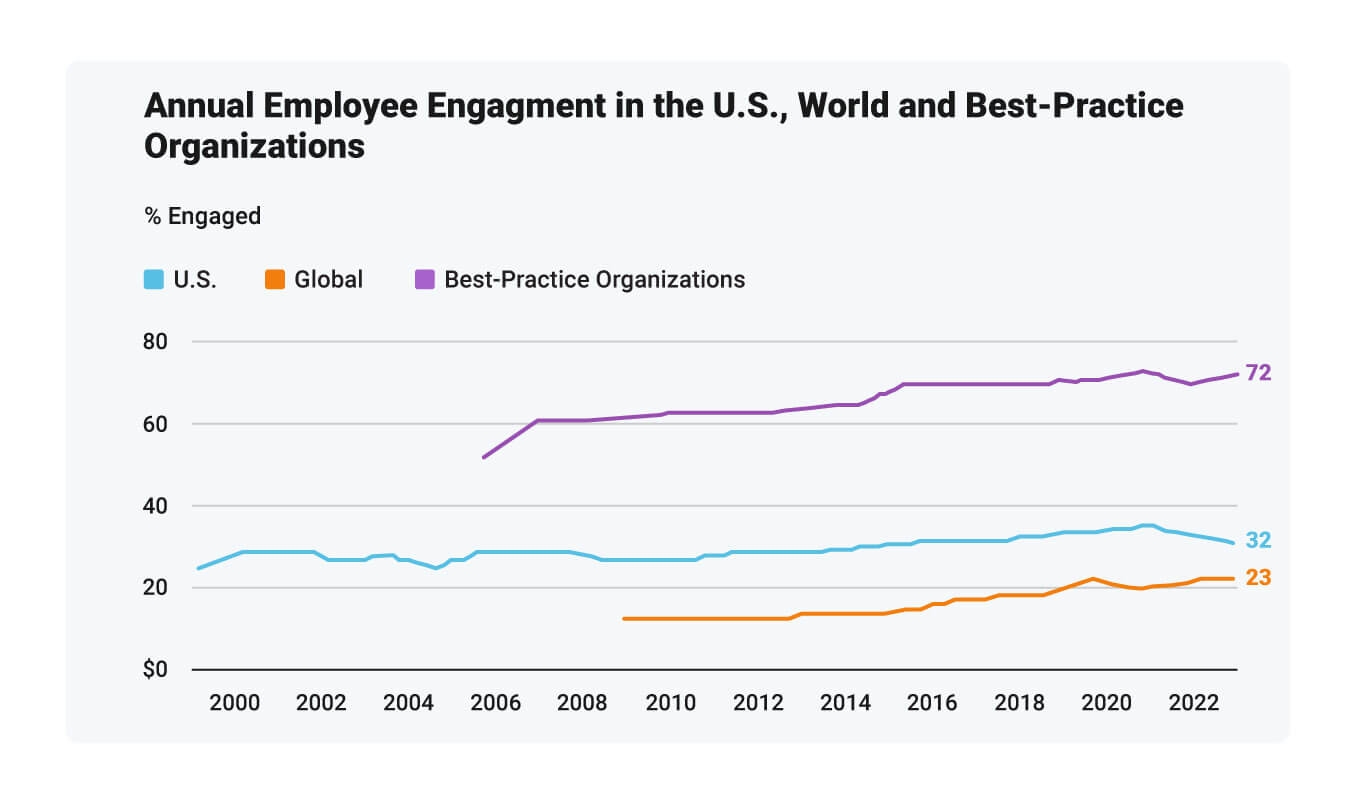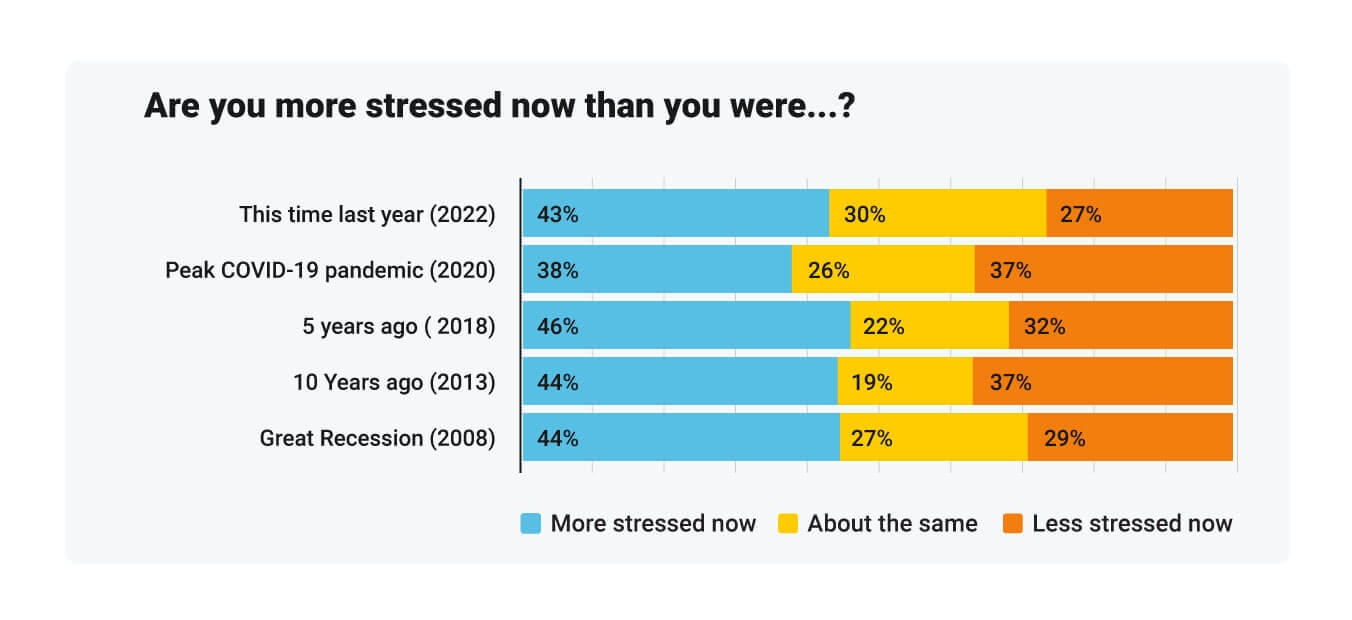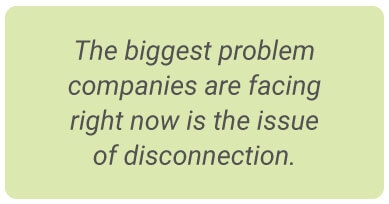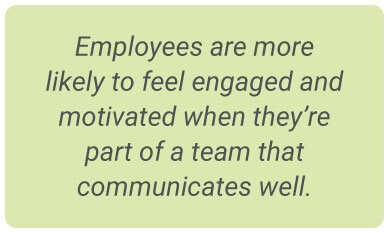
5 Ways to Make the Office More Engaging for Your Employees
November 15, 2023
|
Erika Rahman
Boring Offices Kill Success

Common Reasons Employees Feel Demotivated in the Office

5 Ways to Make the Office More Engaging for Your Staff
1. Build a Culture of Connection Across Your Company

2. Eliminate Bureaucracy

3. Encourage Open Communication

4. Give Employees Personal Space
5. Use Technology to Make Work Easier
About the Author

Erika Rahman is the Content Marketing Specialist at Motivosity. She studied marketing and business management at Utah Valley University. Erika has a broad background, ranging from optometry to trade school administration, giving her a love and understanding for people across industries. She grew up in Northern California and Colorado, and currently calls the Utah slopes home.
Learn More
Learn More






